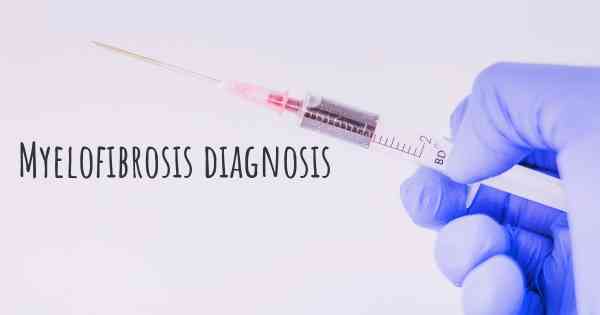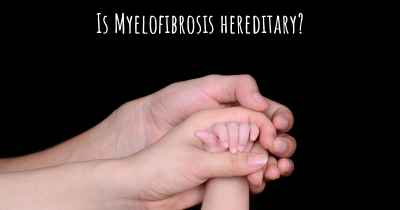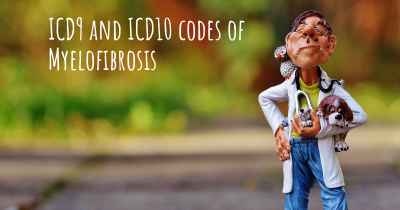How is Myelofibrosis diagnosed?
See how Myelofibrosis is diagnosed. Which specialists are essential to meet, what tests are needed and other useful information for the diagnosis of Myelofibrosis

Myelofibrosis is a rare and chronic bone marrow disorder characterized by the abnormal production of blood cells and the development of fibrous tissue in the bone marrow. Diagnosing myelofibrosis involves a combination of medical history evaluation, physical examination, laboratory tests, and imaging studies.
Medical History and Physical Examination
During the initial consultation, the healthcare provider will inquire about the patient's symptoms, medical history, and family history of blood disorders. It is crucial to provide detailed information about any symptoms experienced, such as fatigue, weakness, unexplained weight loss, night sweats, enlarged spleen, or frequent infections. The healthcare provider will also perform a physical examination to assess the patient's overall health, including checking for an enlarged spleen or liver.
Laboratory Tests
Several laboratory tests are used to aid in the diagnosis of myelofibrosis:
- Complete Blood Count (CBC): This test measures the number of red blood cells, white blood cells, and platelets in the blood. In myelofibrosis, abnormalities in these cell counts may be observed, such as anemia, leukocytosis (elevated white blood cell count), or thrombocytosis (elevated platelet count).
- Peripheral Blood Smear: A blood sample is examined under a microscope to assess the size, shape, and appearance of blood cells. In myelofibrosis, abnormal and immature blood cells may be present.
- Bone Marrow Biopsy: This is a crucial test for diagnosing myelofibrosis. A small sample of bone marrow is extracted, typically from the hip bone, using a needle. The sample is then examined under a microscope to evaluate the presence of fibrosis (scarring) and abnormal cell growth.
- JAK2 Mutation Analysis: The JAK2 gene mutation is commonly associated with myelofibrosis. This genetic test detects the presence of the JAK2 mutation in blood or bone marrow cells.
- Other Genetic Tests: In addition to JAK2 mutation analysis, other genetic mutations, such as CALR or MPL, may also be tested to further confirm the diagnosis.
Imaging Studies
Imaging studies are often performed to evaluate the size and condition of the spleen, as well as to rule out other potential causes of symptoms:
- Ultrasound: This non-invasive test uses sound waves to create images of the spleen and other abdominal organs. It helps determine if the spleen is enlarged.
- Computed Tomography (CT) Scan: A CT scan provides detailed cross-sectional images of the body, allowing for a more precise assessment of the spleen and other organs.
- Magnetic Resonance Imaging (MRI): MRI uses powerful magnets and radio waves to generate detailed images of the body. It can provide additional information about the spleen and bone marrow.
Consultation with a Hematologist
Once the diagnostic tests are completed, the patient is usually referred to a hematologist, a specialist in blood disorders. The hematologist will review the test results, medical history, and physical examination findings to make a definitive diagnosis of myelofibrosis. They will also assess the stage and severity of the disease, which is crucial for determining the most appropriate treatment plan.
It is important to note that only a qualified healthcare professional can diagnose myelofibrosis. If you suspect you may have myelofibrosis or are experiencing concerning symptoms, please consult a medical professional for an accurate diagnosis and appropriate management.








